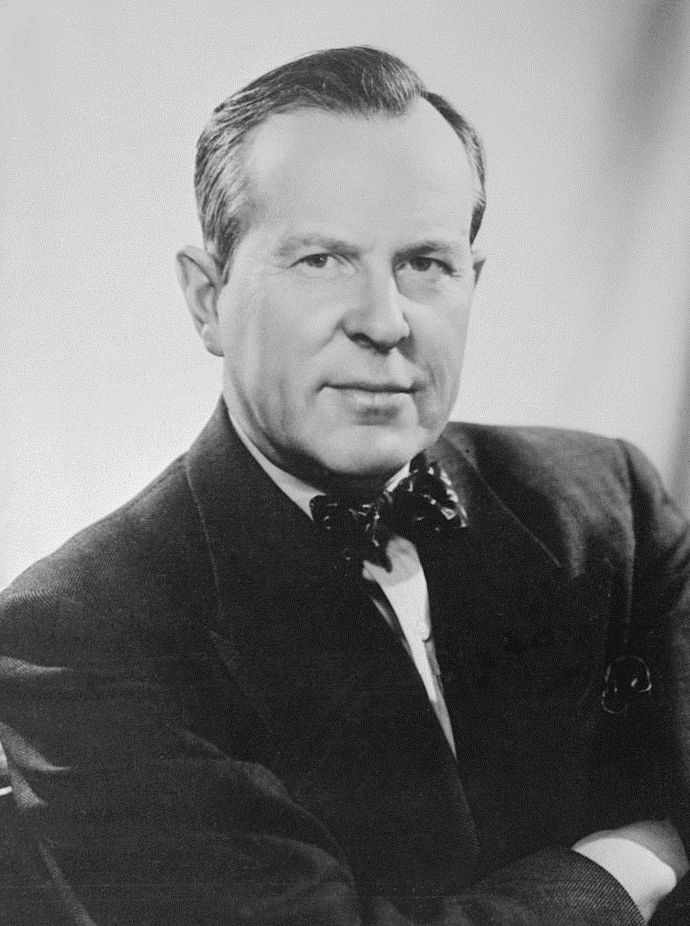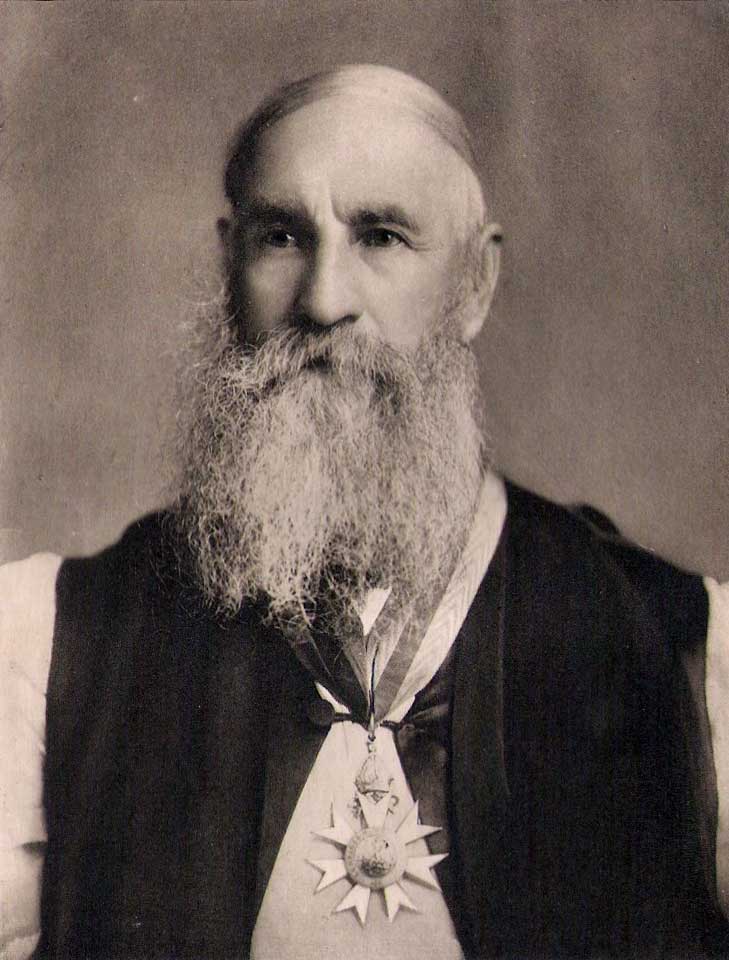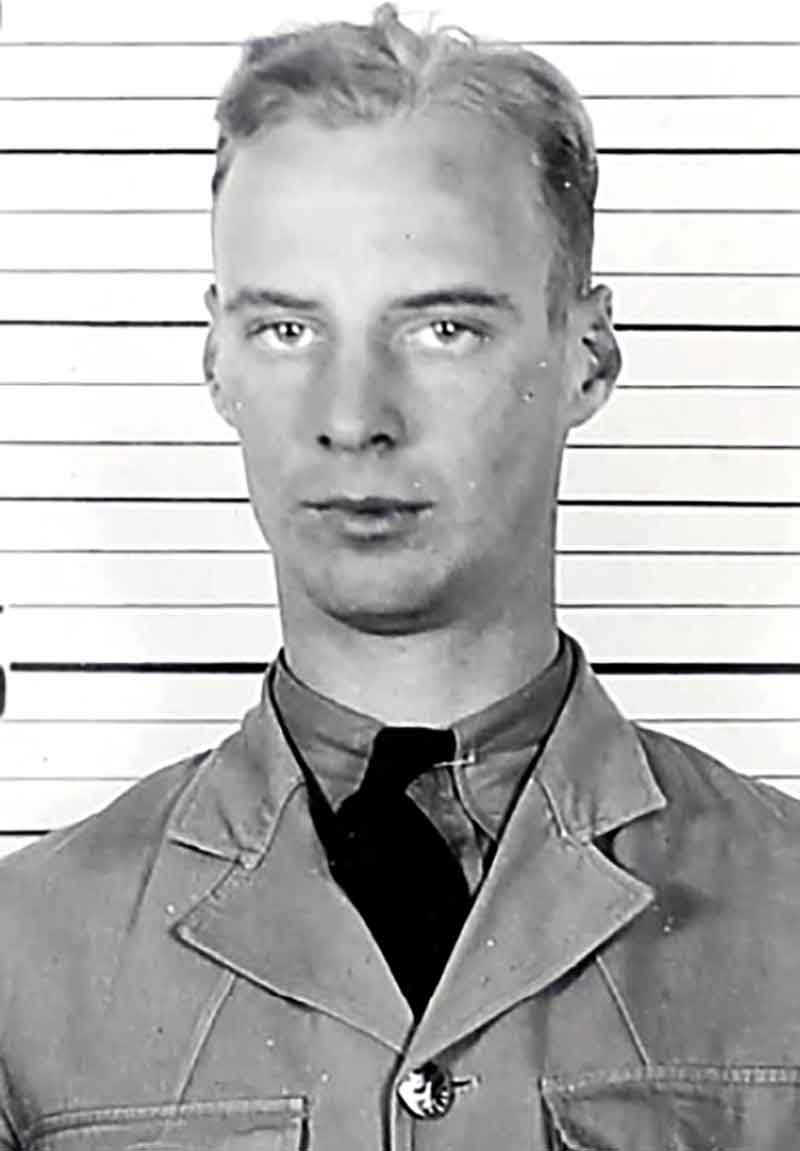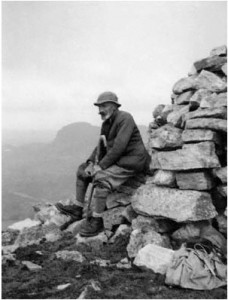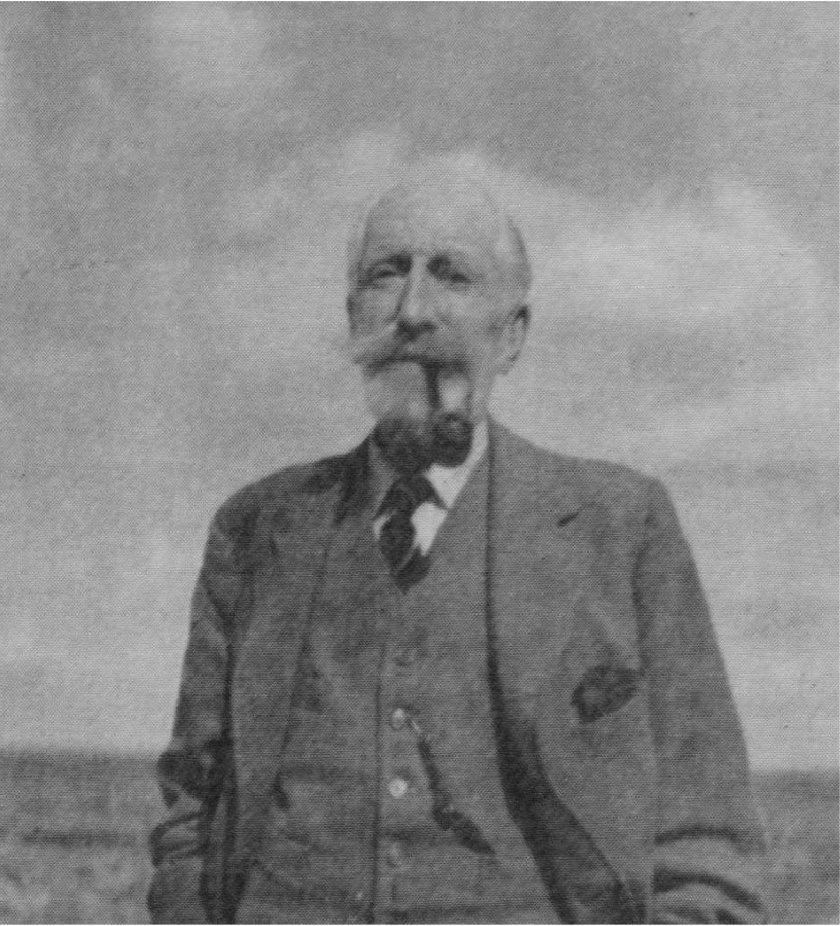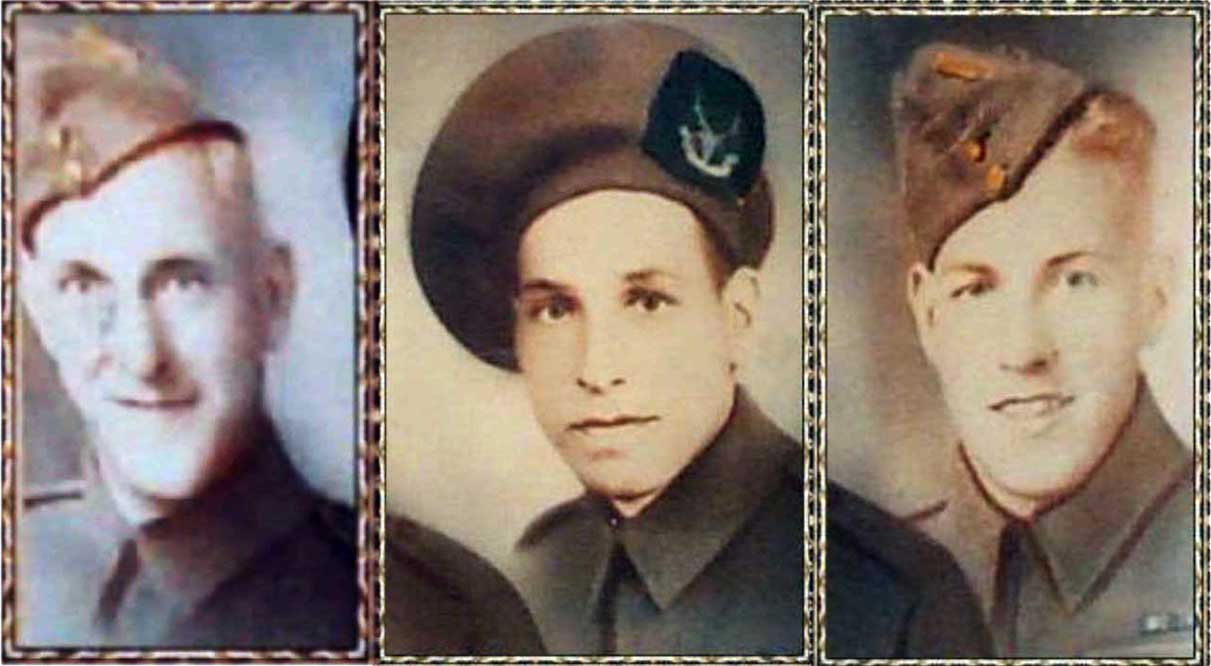Mount Sir John Thompson
52.7333 N 119.7333 W Google — GeoHack
Not currently an official name.
W. A. D. Munday’s map Cariboos 1925 [now Mount Sir John Thompson]
Originally named “Mount David Thompson” in 1924 by the climbing party of Allen Carpé [1894–1932] and Rollin Thomas Chamberlin [1881–1948], in the mistaken belief that the nearby pass was the true source of the North Thompson River (see W. A. D. Munday’s explanation and sketch map). The mountain was subsequently renamed in the Premier Range commemorations. Oddly, the mountain now sports the name of another Thompson.
Carpé’s other 1924 names, David Pass and David Glacier, were retained.
The names applied by Mr. Carpé have been replaced by the Geographic Board as follows: Mt. David Thompson is Mt. Sir John Thompson…
- Carpé, Allen [1894–1932]. “Albreda Mountain.” Canadian Alpine Journal, Vol. 16 (1927–1927):177
- Munday, Walter Alfred Don [1890–1950]. “River Sources in Cariboo Mountains.” Canadian Alpine Journal, Vol. 17 (1928):76
